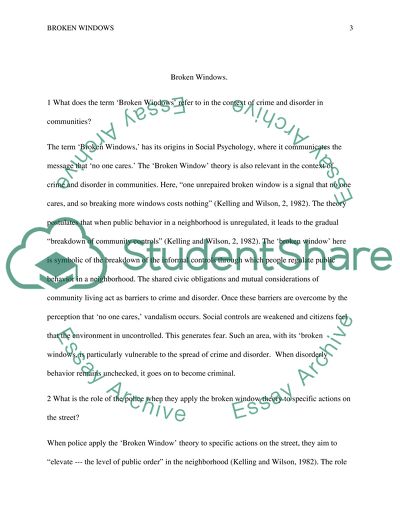Broken Windows Essay Example | Topics and Well Written Essays - 500 words. Retrieved from https://studentshare.org/miscellaneous/1607470-broken-windows
Broken Windows Essay Example | Topics and Well Written Essays - 500 Words. https://studentshare.org/miscellaneous/1607470-broken-windows.


